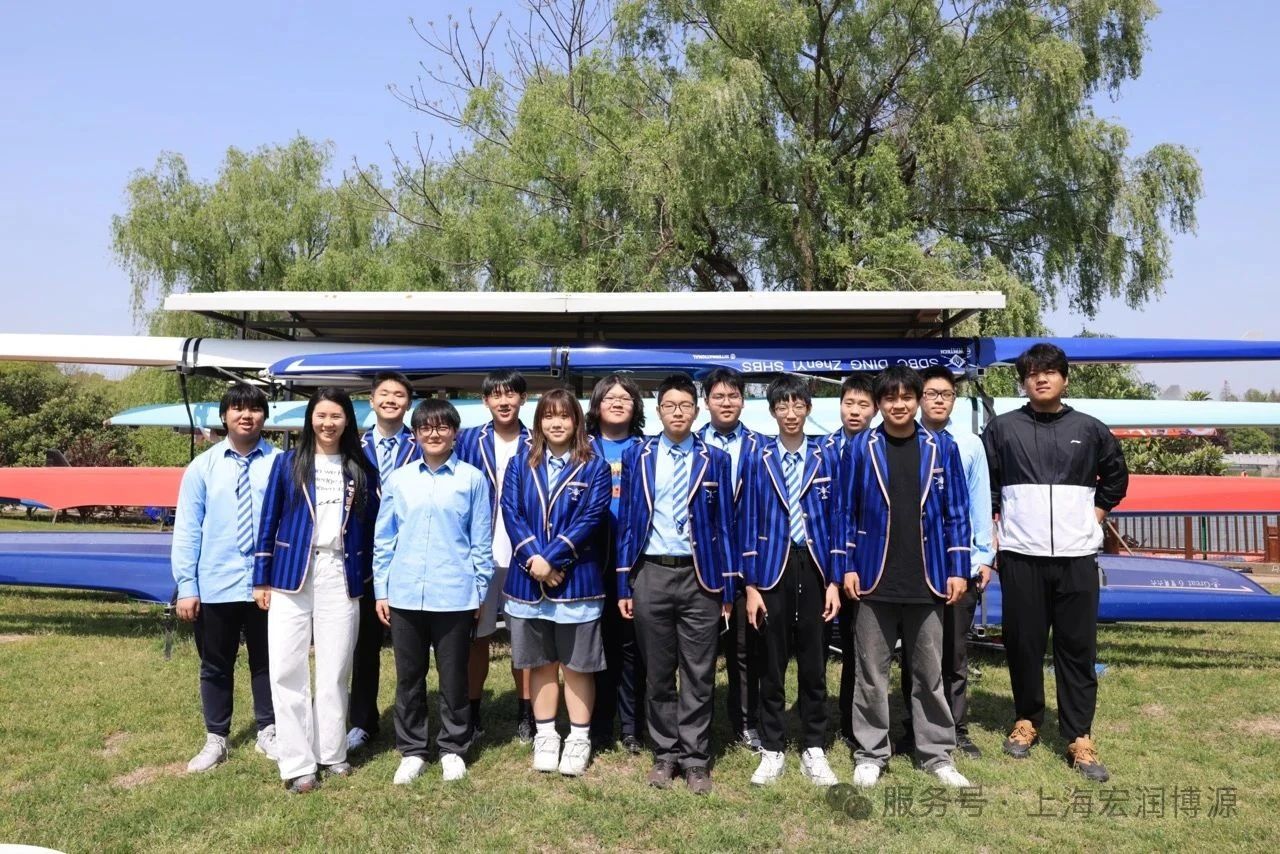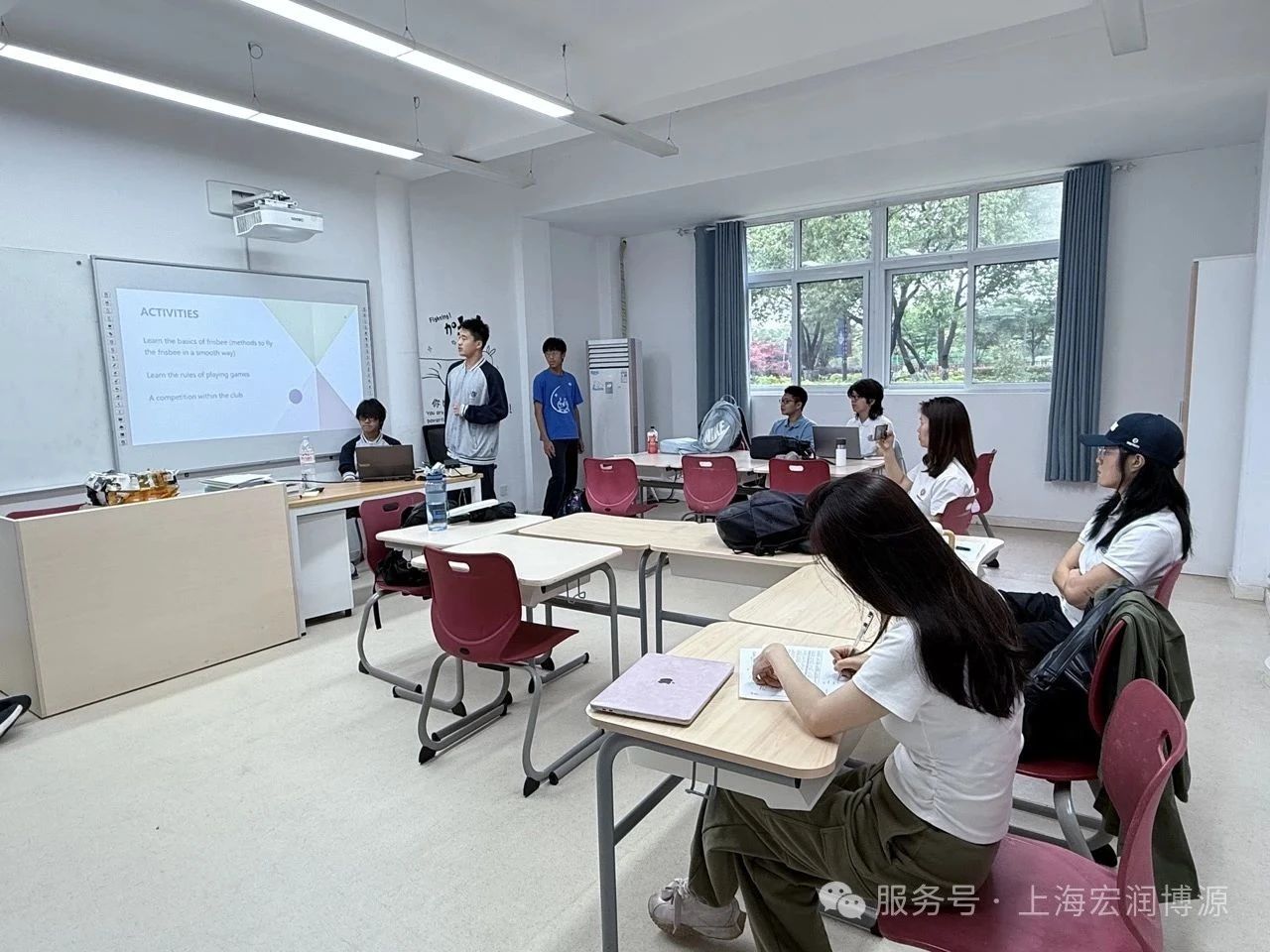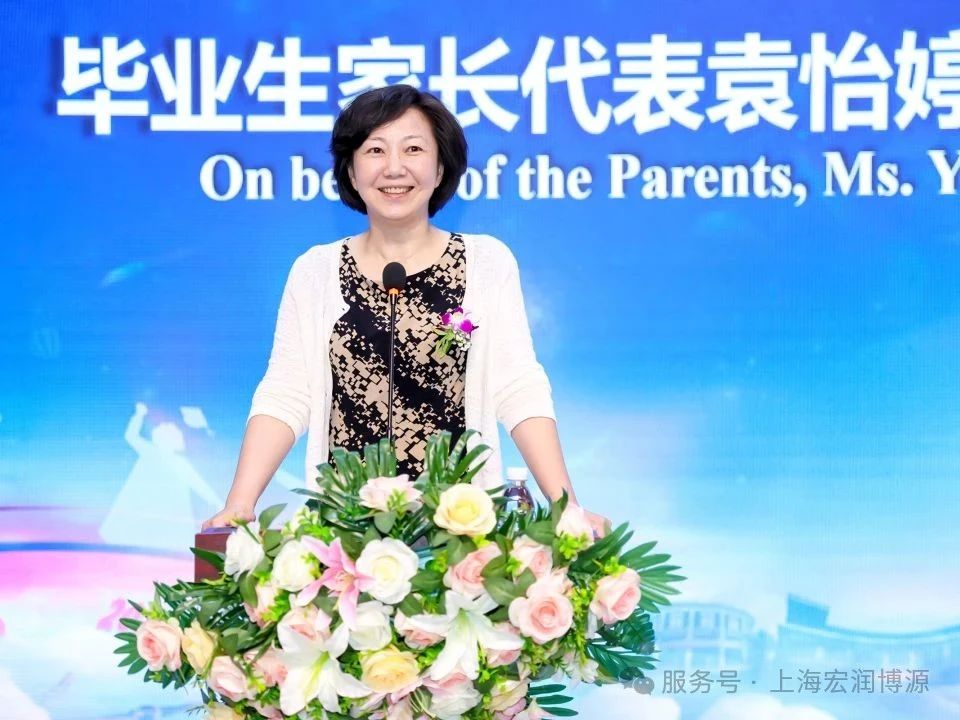-

 Hongrun Boyuan High School Rowing Academy | Shaping Youth Rowing Teams and Future Leaders2025-06-20
Hongrun Boyuan High School Rowing Academy | Shaping Youth Rowing Teams and Future Leaders2025-06-20 -

 Hongrun Boyuan High School Event | A Flourishing of Talents and Vibrant Energy: 2024–2025 Second Semester Club Summary Report2025-06-18
Hongrun Boyuan High School Event | A Flourishing of Talents and Vibrant Energy: 2024–2025 Second Semester Club Summary Report2025-06-18 -

 Commencement|Speech by Ms. Yuan Yiting, Parent Representative of the Graduates2025-06-06
Commencement|Speech by Ms. Yuan Yiting, Parent Representative of the Graduates2025-06-06
- 2024-05-25
- Views:1290
Ultrasonic Levitation
TinyLev is an innovative acoustic levitation device that can levitate relatively small objects without contact. It holds great potential for future applications in fields such as medicine and precision manufacturing. The core of TinyLev utilizes two opposing arrays of ultrasonic generators. By emitting ultrasonic waves at a frequency of 40 kHz and controlling the frequency and wavelength of these waves, a standing wave node is formed along the central axis of the device, enabling objects to levitate in mid-air. Additionally, by programmatically controlling the position of the wave nodes, the levitated objects can be moved up and down.
Gene "Magic Scissors"
Introduction to the application research project on the efficient genome editing tool based on the CRISPR/Cas9 system—Gene "Magic Scissors":
DNA in organisms can change due to external factors or diseases. So, is there a kind of magic in the scientific community that can trim DNA, like human scissors, to repair it? The answer is yes. In the biomedical field, there is a technology called CRISPR/Cas9, whose main function is to trim DNA. The CRISPR/Cas9 system is a revolutionary gene editing technology that can precisely modify DNA sequences. CRISPR is a natural defense mechanism found in bacteria and archaea that can resist viral invasion, and Cas9 is a protein in the CRISPR system that can modify target genes.
The CRISPR/Cas9 system uses gRNA molecules to guide the Cas9 protein to specific locations on the target gene, enabling precise genome modification. Once Cas9 binds to the target gene, it cuts the DNA double strand, allowing for the knockout, insertion, or replacement of the target gene. This technology has a wide range of applications, including gene function research, treatment of genetic diseases, and agricultural production improvement. Due to its efficiency, precision, and convenience, the CRISPR/Cas9 system has become one of the most popular gene editing tools today.
In this project, we designed different gRNA sequences to bind with the Cas9 protein and cut the lacZ gene on the E. coli genome, which is 1723bp in length, at different lengths: 100bp, 200bp, 300bp, and 800bp. Simultaneously, we added homology arms to allow the cut DNA to be repaired. First, we needed to construct recombinant plasmids containing the Cas9 encoding gene, then introduce them into E. coli DH5α competent cells through heat shock transformation. After transferring to a selective medium plate for screening, we picked single colonies for expanded culture, used PCR amplification and electrophoresis to verify the successful introduction of the Cas9 encoding gene. Next, we introduced recombinant plasmids containing the four different gRNAs and homology arms into E. coli carrying the Cas9 encoding gene. After transferring to selective medium plates and performing expanded culture, we used PCR amplification and electrophoresis with colony templates to verify the success of the cuts.
Integration of AI Technology with 3D Printing
Intelligence and personalization have become trends in the future development of humanity, and the empowerment of technology has elevated human creativity to new heights. Whether it's a statue, a tool, or a fleeting and indescribable inspiration, the advent of AI technology has allowed the public to deeply participate in the creative process. This project establishes a technical process based on the perspective of the general public, starting from 2D Midjourney AI painting, then converting 2D images into 3D models using TripoSR, and finally processing them with software to be printed by a 3D printer. This approach eliminates most steps requiring skilled techniques, making profound explorations into innovation.
文 | 科学展项目负责同学
审核 | Flora
翻译 | ChatGPT
排版 | Jang
配图 | Max Guo(G12)








